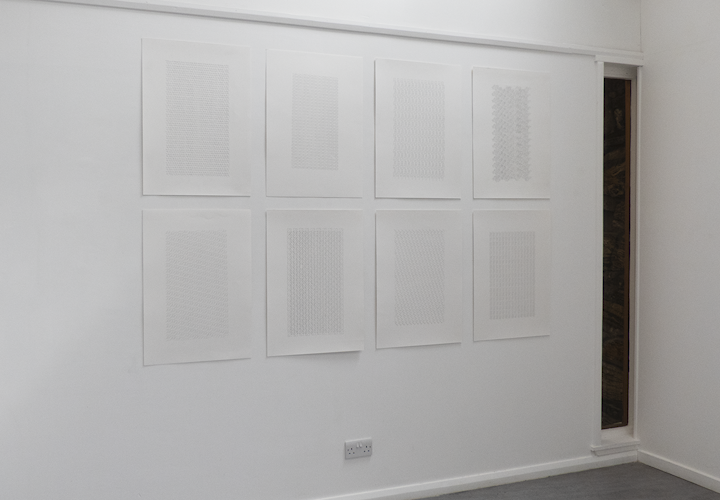
pen on paper 2020
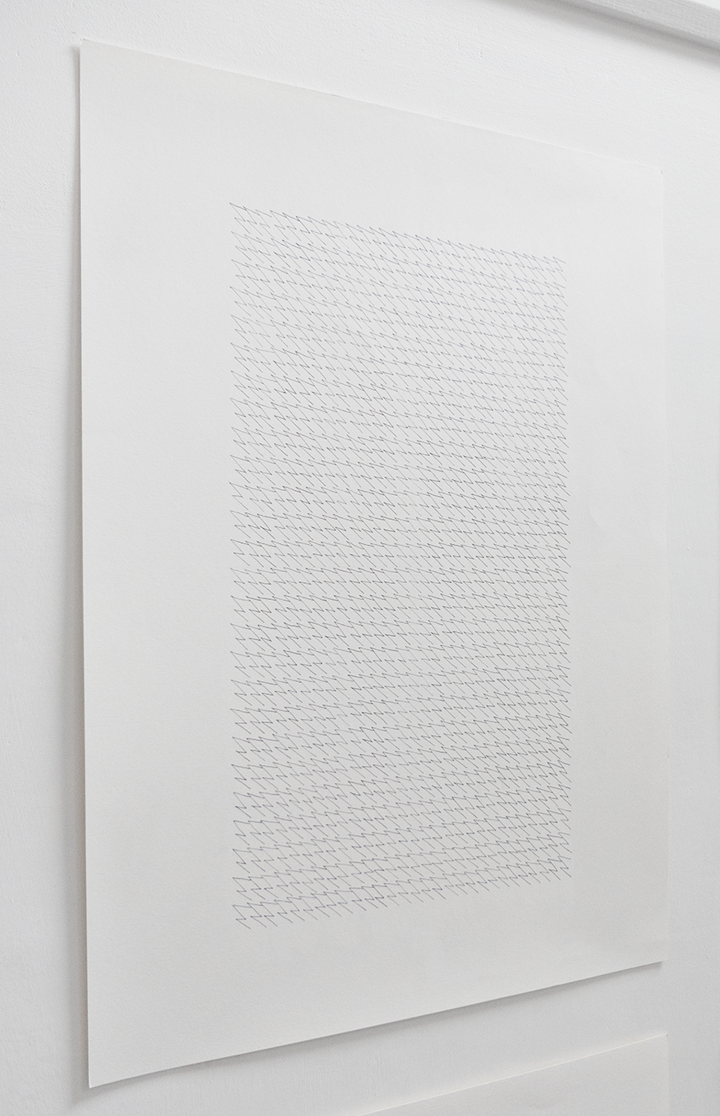
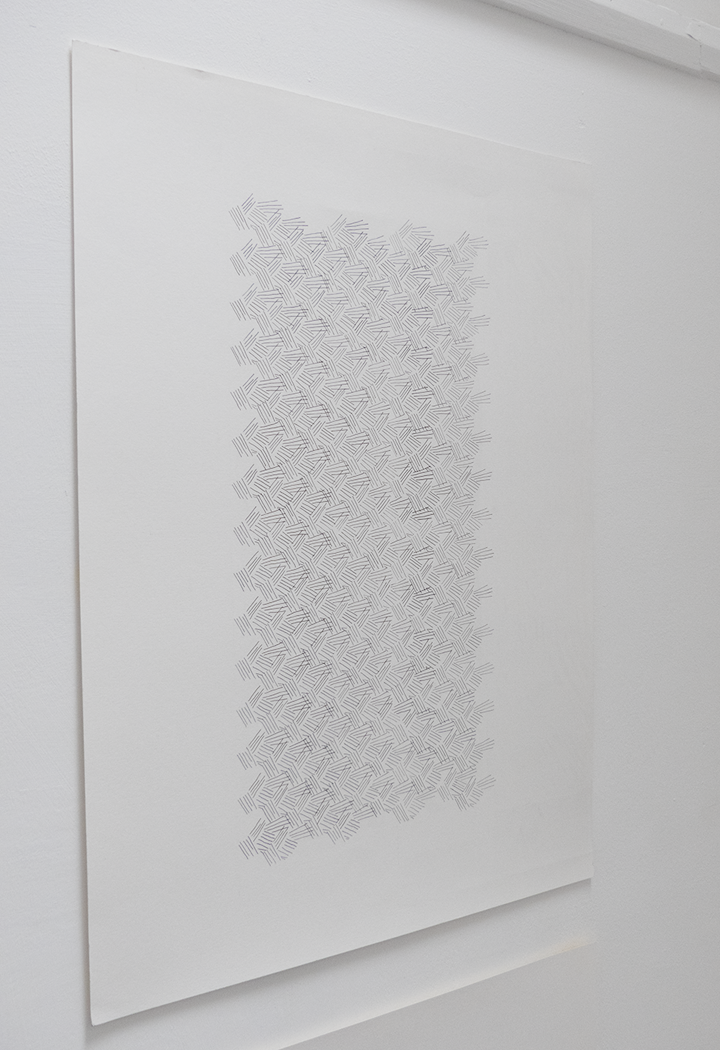

trinil (50cm x 70cm) pen on paper
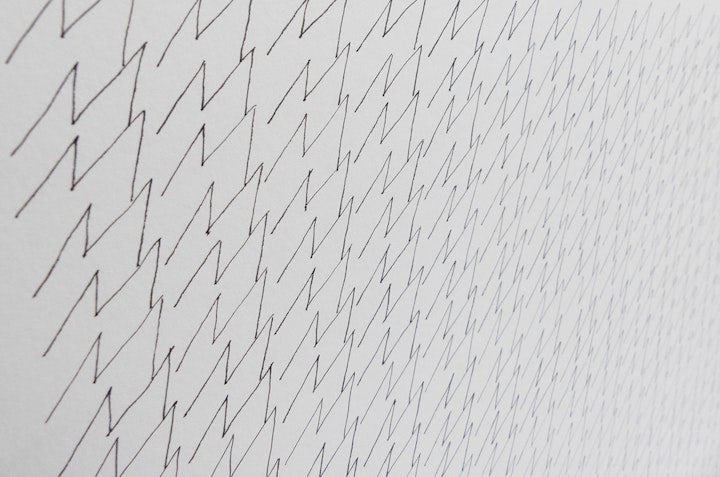
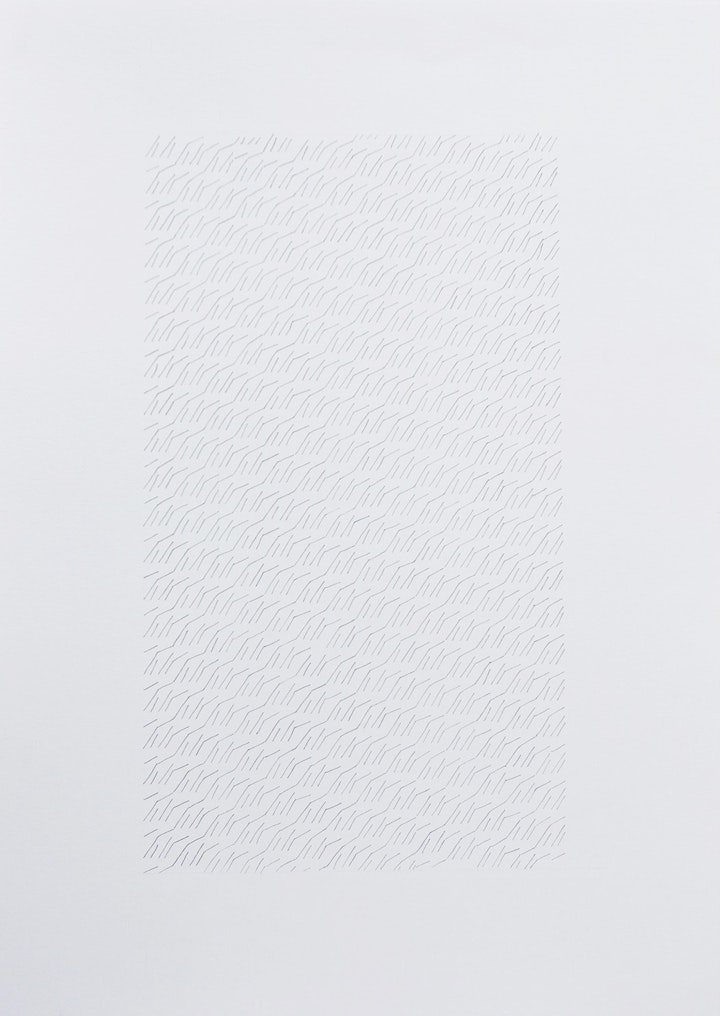
bilzingsleben (50cm x 70cm) pen on paper
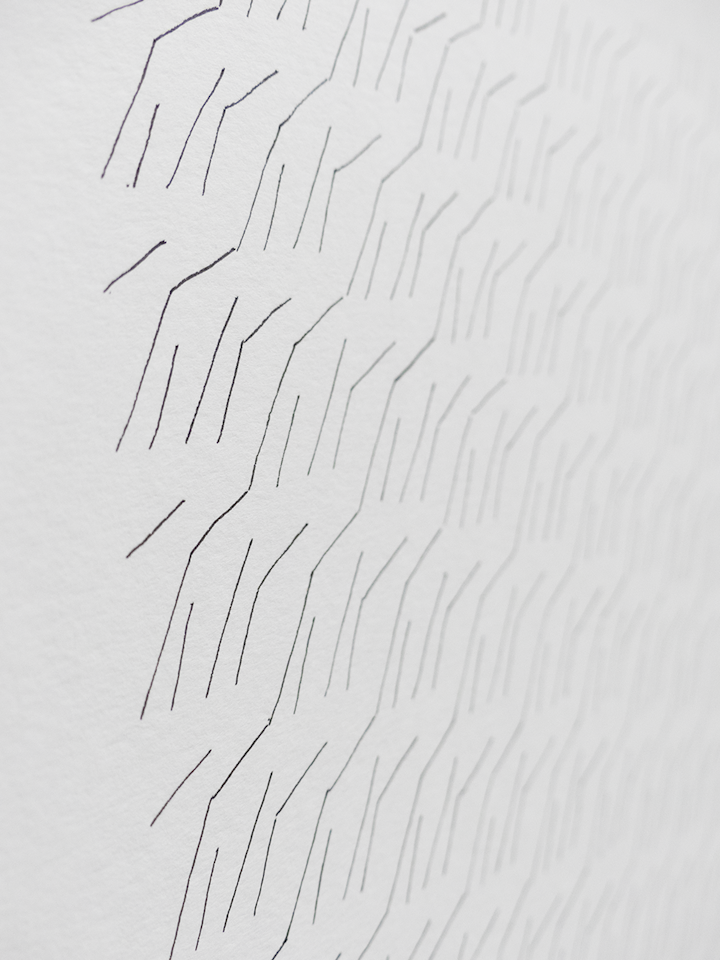
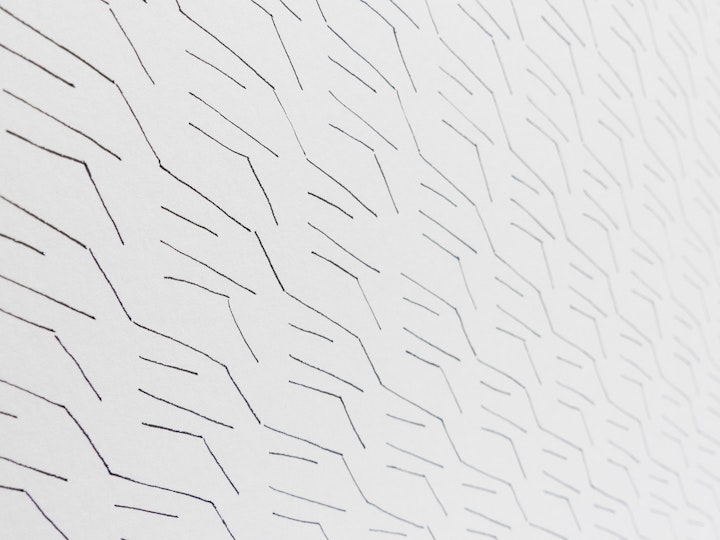
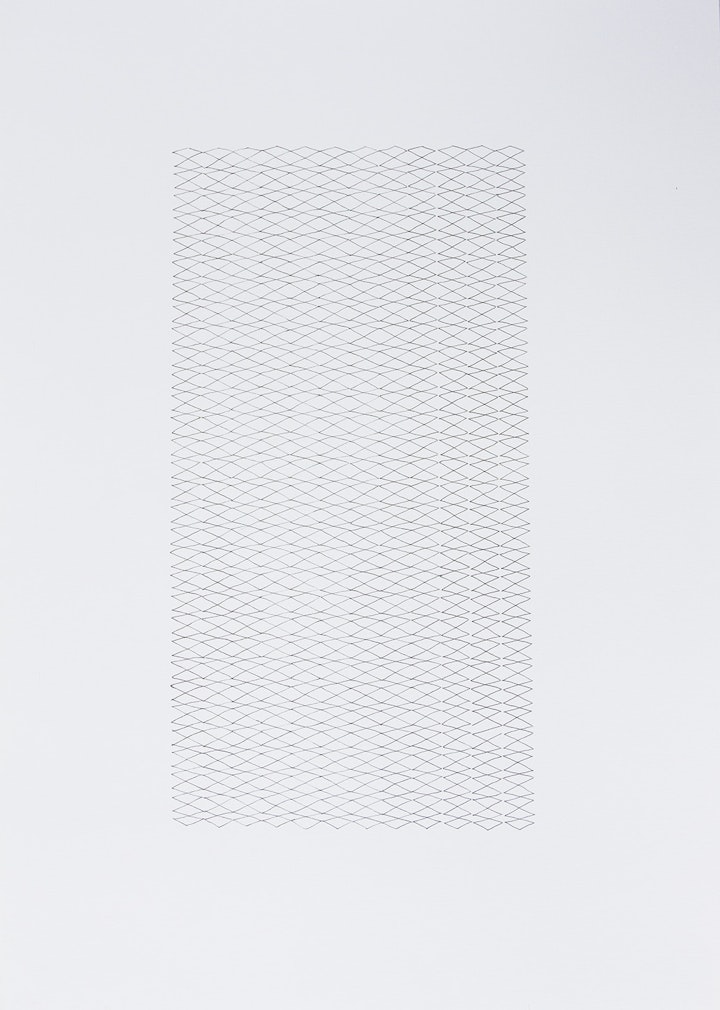
blombos (50cm x 70cm) pen on paper
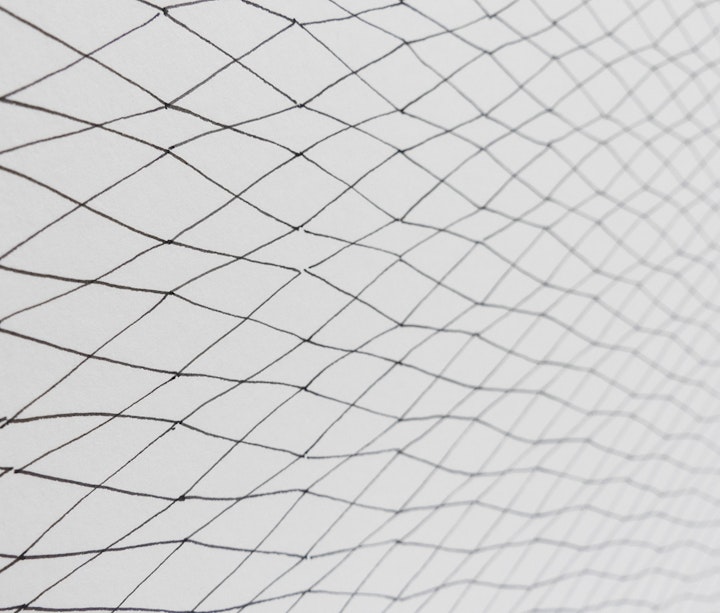
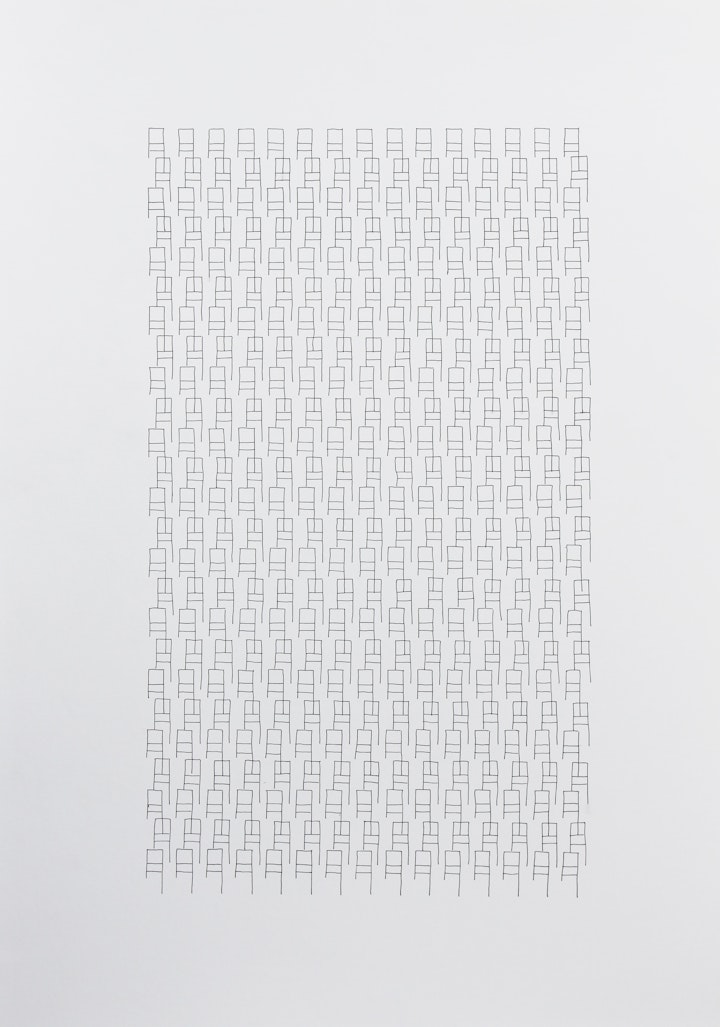
la pasiega (50cm x 70cm) pen on paper
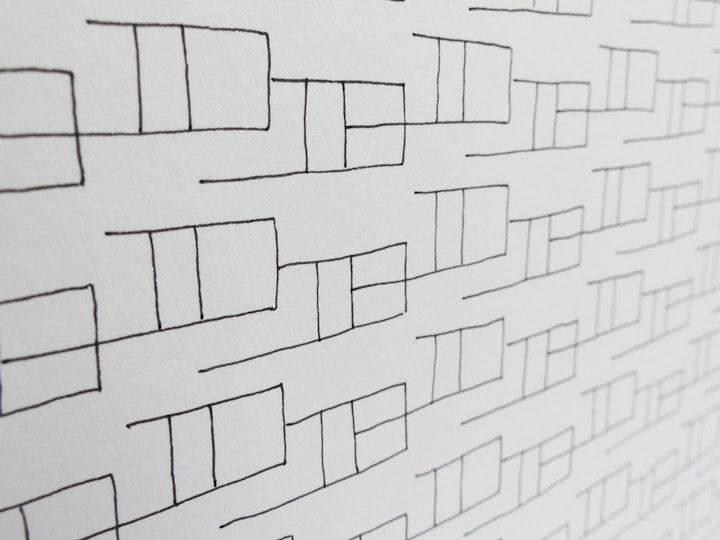
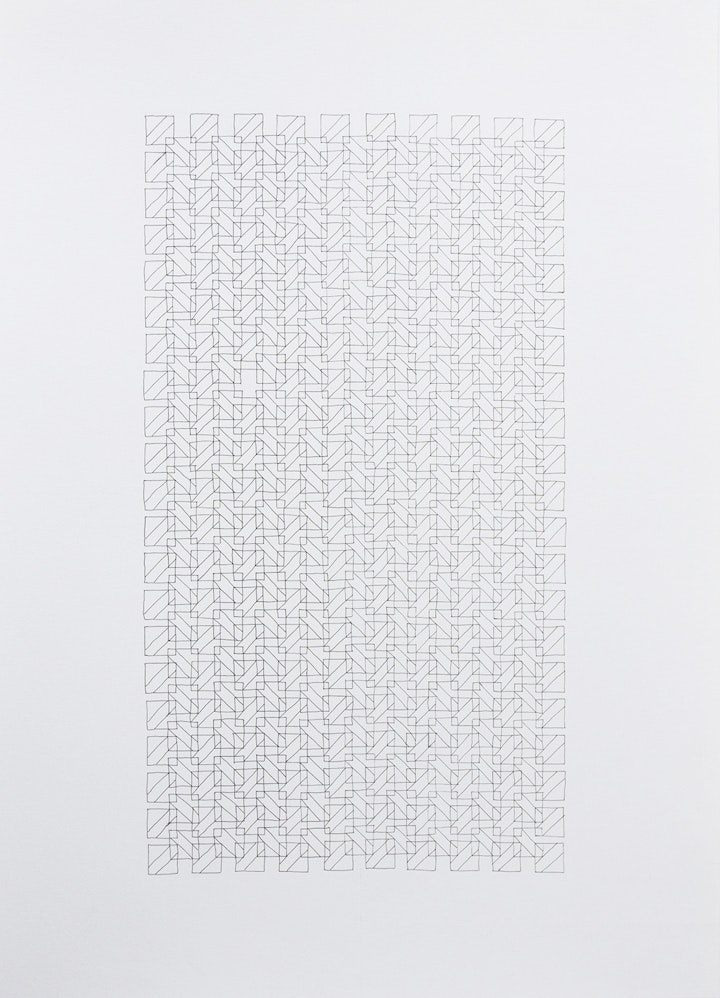
las chimeneas (50cm x 70cm) pen on paper
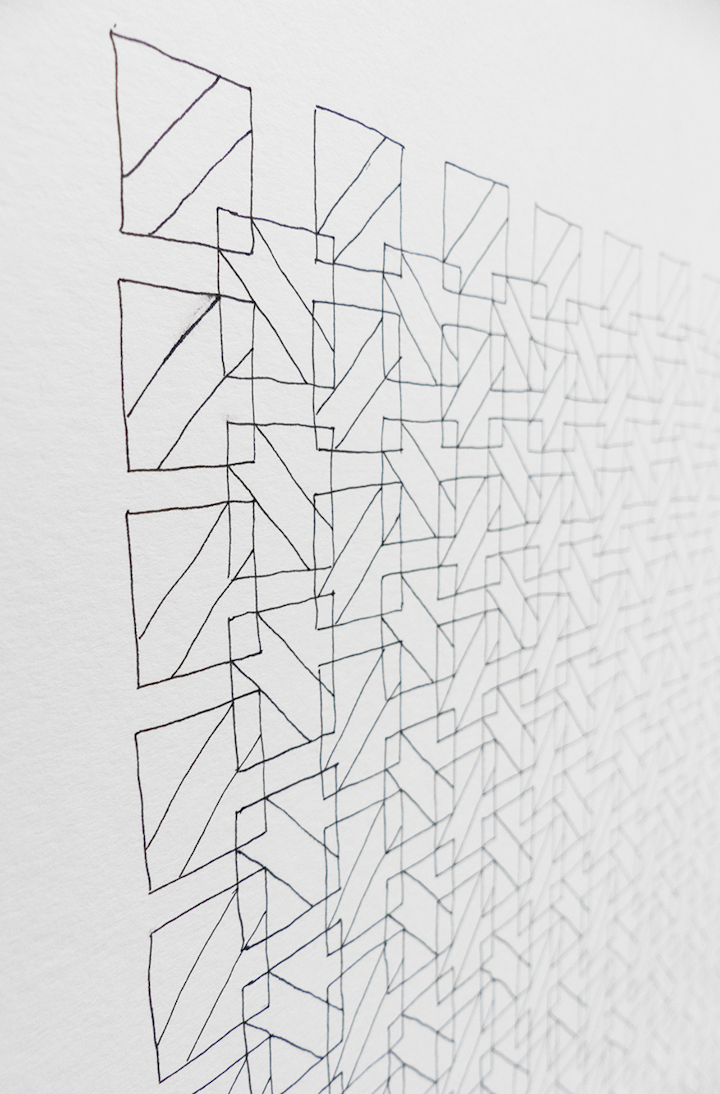
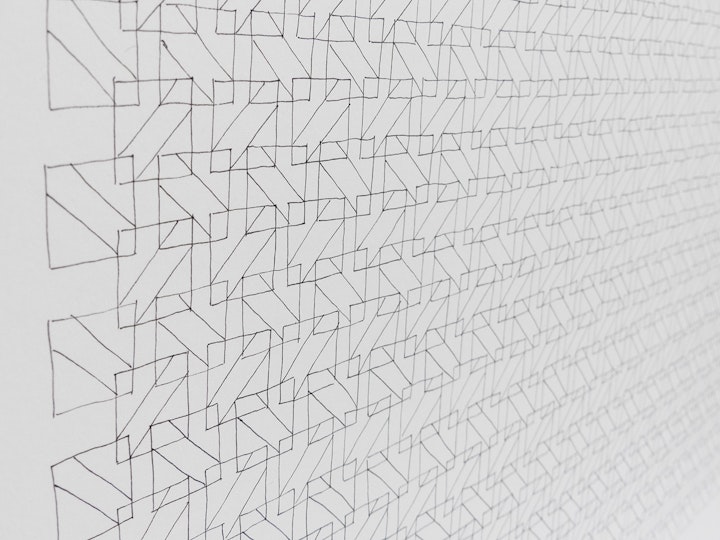
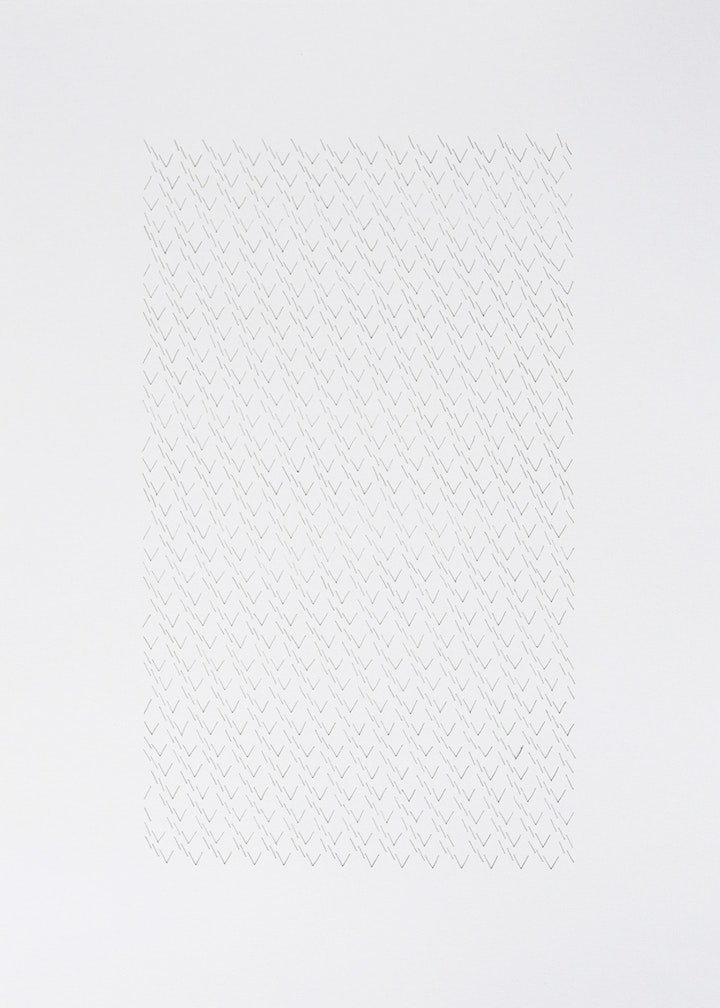
gough's cave (50cm x 70cm) pen on paper
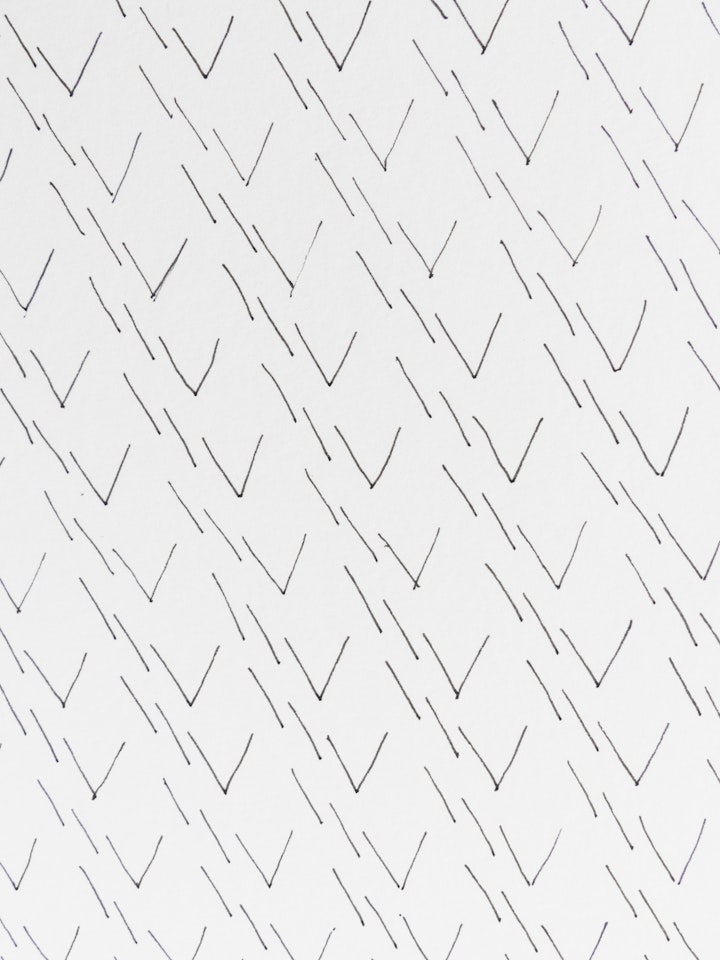
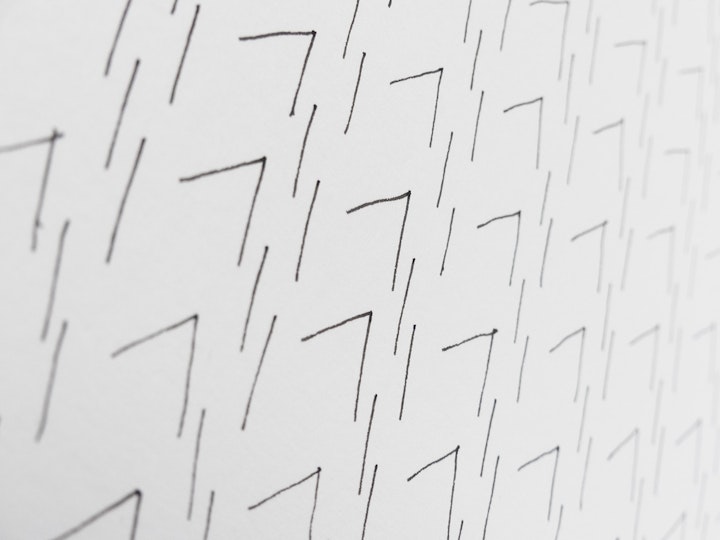
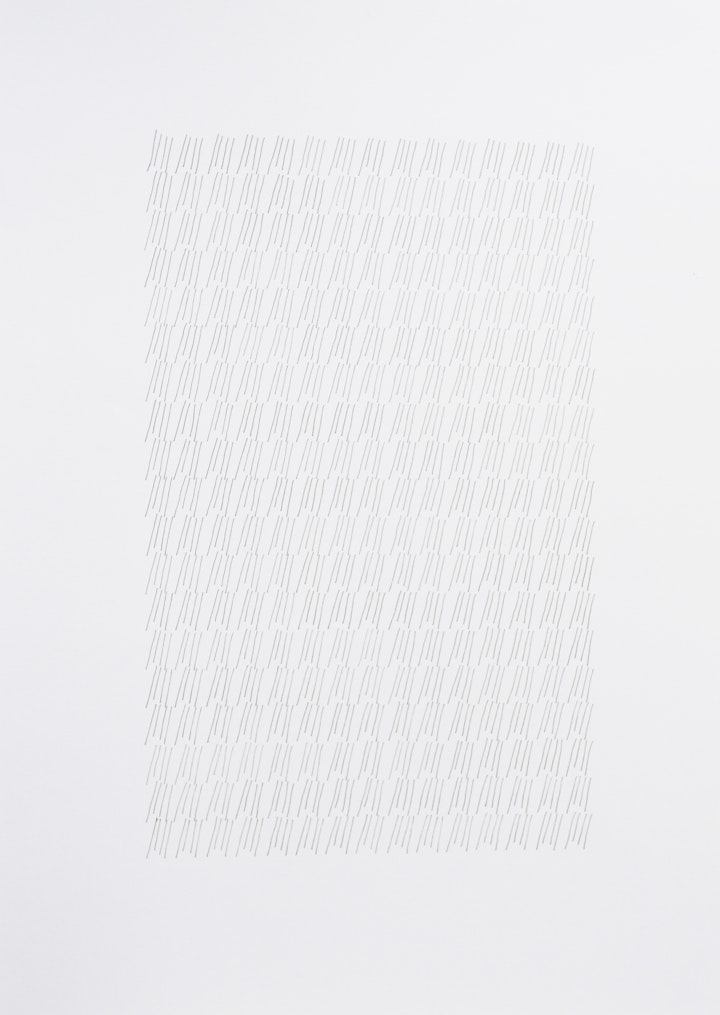
niaux (50cm x 70cm) pen on paper
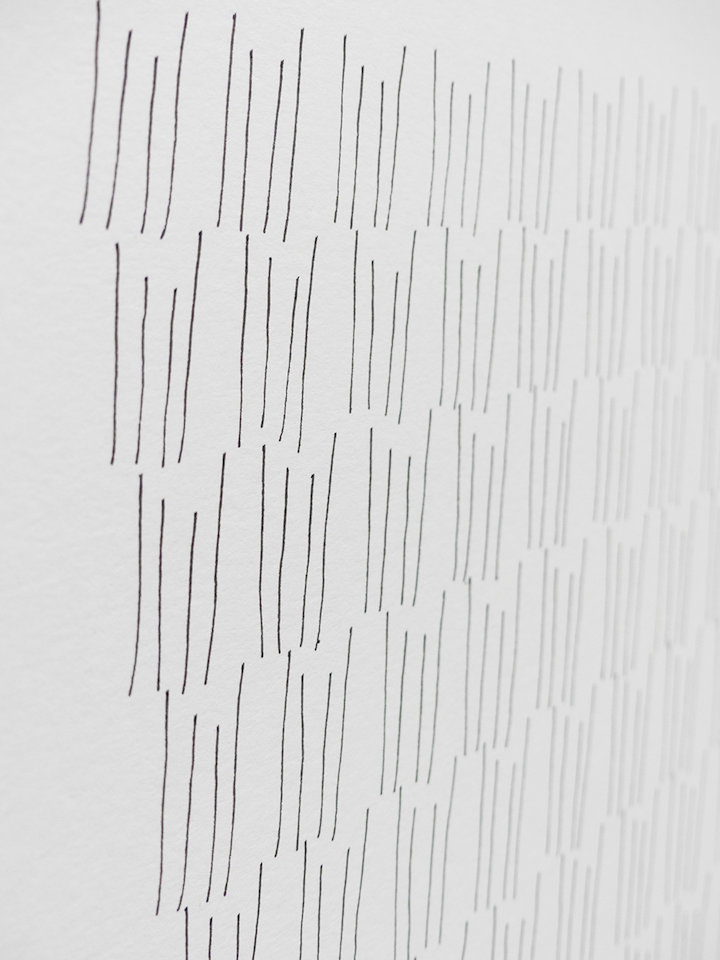
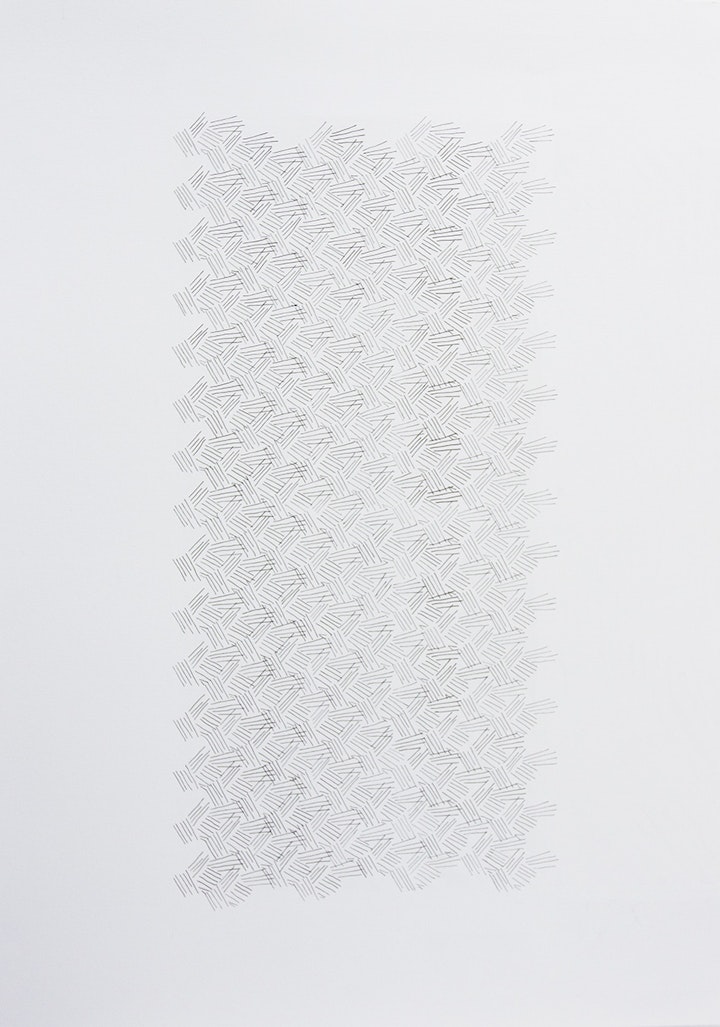
unival (50cm x 70cm) pen on paper

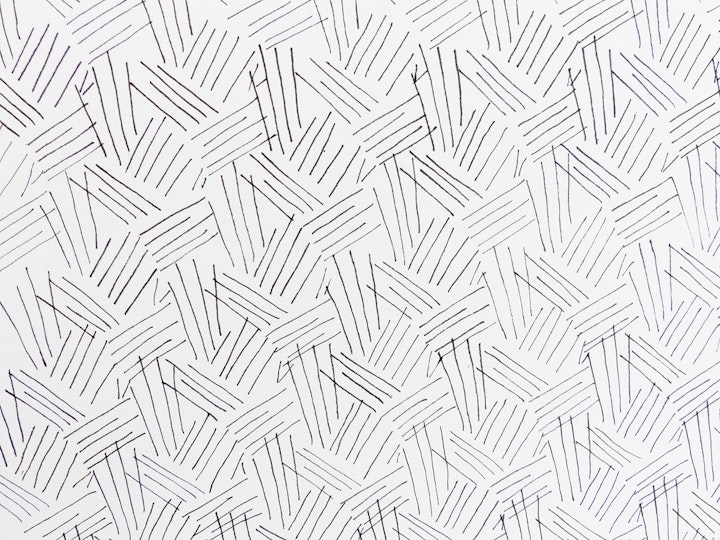
Everywhere where there is interaction between a place, a time and an expenditure of energy, there is rhythm. … No rhythm without repetition in time and in space
Henri Lefebvre
Hominins have been making marks on surfaces for 500,000 years, the earliest consciously made mark a chevron pattern etched on a shell. Since then, geometric marks have been made on bone, antler, stone, clay and cave walls through to contemporary materials and methods.
What are the thinking processes when drawing rhythmically and repetitively? A physical subject is not being drawn in the sense of making a representation of some thing, but hand and body get into a rhythm creating a sensation of muscular memory. Fluctuating states of consciousness drift in and out, between being completely absorbed in the drawing process and being aware of the ambient environment, at times the whole experience fusing into a seamless flow.
These contemporary re-interpretations, extracting individual motifs and translating them onto a grid, create their own patterns. By their rhythmic repetition they reflect time passing through the repetitive act of drawing. .